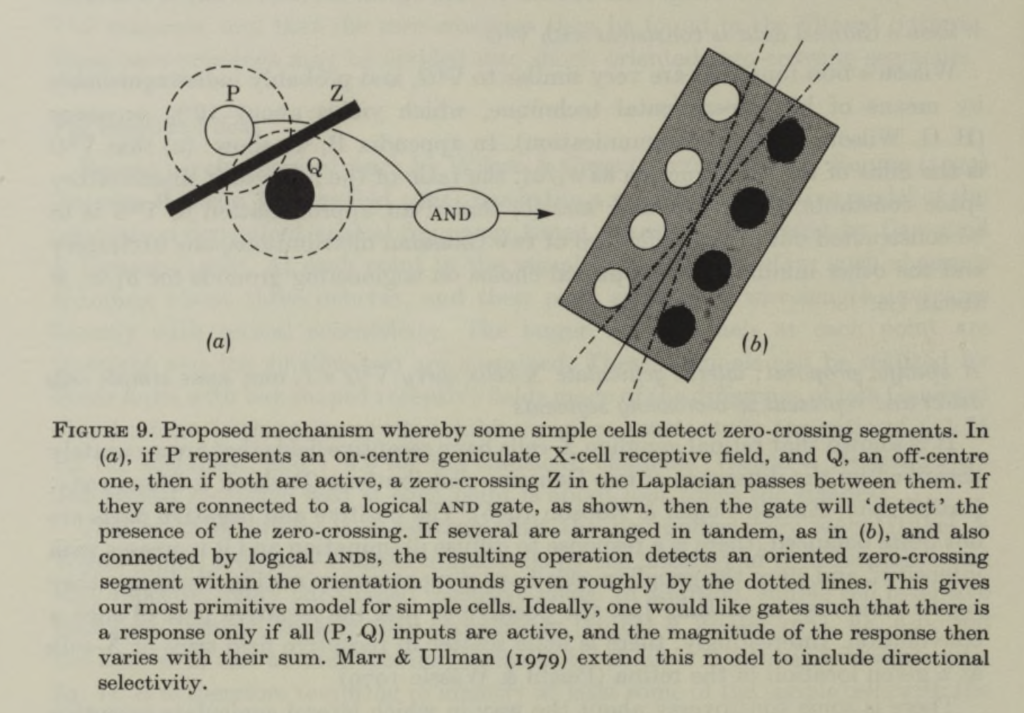Marr’s Three Levels

Jonathan Pillow and Màtè Lengyel had a debate on the value of Marr’s Three Levels of Analysis (computation, algorithm, implementation). Here’s Jonathan’s part. Here’s Màtè’s part. They’re technically counterpoints, but there is much to agree with from both. I admire both authors. Personally, Jonathan’s take resonates with me a bit more.
There was a TFI meeting here at UCSB this month, led by Nicole Rust and Joe LeDoux. It was an excellent meeting, with great discussions, including some that took place on shared Google Docs. One part reminded me of Marr’s Three Levels, and I thought I’d jot the note down here too.
In engineering, abstraction layers come naturally. For example, in integrated circuits you have the materials, then devices, then circuits and logic, and then large scale integrated systems. Each layer of abstraction has its own vocabulary and building blocks.
Humankind usually forward-engineers things this way. And the systems we build are delicate in that each part has a specific and discrete role, and variance in one part cannot be compensated for by another part.
In biology, we are almost always reverse-engineering. We have essentially alien technology and we’re trying to figure out how it works. Biology builds systems that have multi-role components that are highly variable and can compensate for each other. It is a product of evolution, not forward engineering by humans.
It makes sense to think about the intended function or computation when reverse-engineering something that a human made. Then we can examine the underlying algorithms and mechanisms. But, as both Pillow and Lengyel clearly articulate, these layers of abstraction do not always neatly fit biology.
Sure, we can limp along and apply Marr’s Three Levels where and how they make sense, but there’s another problem. Perhaps a bigger problem. And it’s related to what the TFI meeting was focused on. By even considering these three layers at all, we fool ourselves. We forward-engineer ideas about how the brain works. We do this through things like folk psychology too. Our intense desire for mechanistic understanding of neural circuitry, and the allure of “just-so” stories, lull us into research frameworks that lack rigor. And we can get stuck there, on a weak foundation. It’s not just that the three levels don’t always neatly apply to a biology problem, the bigger problem is that their application can lead us astray.
